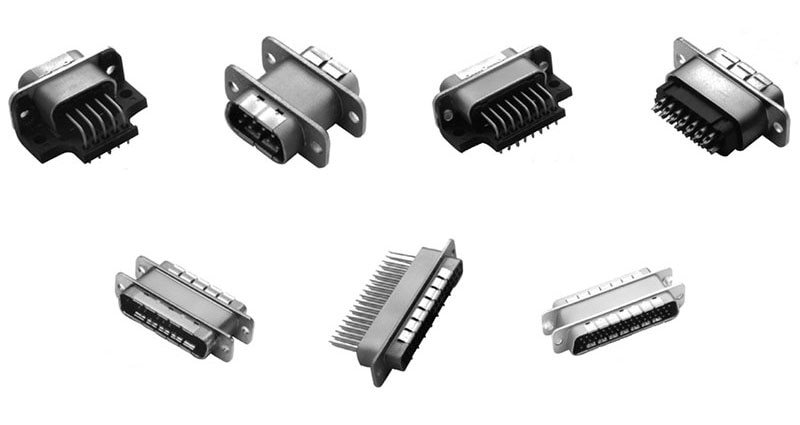This Wi-Fi/Bluetooth Combo Makes Adding IoT Connectivity a Whole Lot Easier
RF circuit designers are still considered invokers of some combination of magic and artistry. Despite sophisticated modeling and simulation tools, there can still be many surprises with the actual RF hardware realization. These surprises demand RF designers’ experience and powers of investigation, testing, and debugging to meet today’s performance and DC power usage metrics.
Meeting these metrics using a hand-crafted approach is challenging but achievable for frequencies up to several hundred megahertz (MHz). Above that, hand-crafted approaches have reached their limits due to tight budgets, short time-to-market windows, regulatory requirements, and the escalating performance demands of end users.
Today’s wireless-link designs need to:
- Provide superior performance in support of multiple wireless bands
- Implement both Wi-Fi and Bluetooth connectivity
- Require minimal design-in, debug, and integration effort
- Use minimal board real estate and DC power
- Meet the relevant IEEE wireless technical standards
- Meet the numerous stringent regulatory mandates for parameters such as out-of-band emissions, electromagnetic interference (EMI), and radio-frequency interference (RFI)
- Be manufacturable in volume and at a low cost (no hand-tweaking)
A do-it-yourself (DIY) approach using discrete components cannot meet these requirements. Along with their associated hand-tuning and crafting, discretes add to space, cost, inventory, and sourcing challenges.
Another option is to use chipsets with ICs from one or more vendors. However, getting these independent ICs and their associated discrete devices to work together can be daunting, and passing the tests for regulatory approval adds to the time-to-market issue.
Powerful ICs provide functionality, features, convenience
Fortunately, the connectivity challenge has been simplified. A good example is the AIROC CYW5557x family of combined (combo) Wi-Fi and Bluetooth systems on chip (SoCs) from Infineon Technologies AG (Figure 1). These provide seamless, high-performance Internet of Things (IoT) connectivity while minimizing operating power.
 Figure 1 : The CYW5557x family combines Wi-Fi and Bluetooth connectivity for IoT devices. (Image source: Infineon Technologies)
Figure 1 : The CYW5557x family combines Wi-Fi and Bluetooth connectivity for IoT devices. (Image source: Infineon Technologies)
Family members support Wi-Fi 6/6E features with tri-band (2.4 GHz, 5 GHz, and 6 GHz) capability, and are available in both 1×1 single-input, single-output (SISO) and 2×2 multiple-input, multiple-output (MIMO) antenna-array configurations. The family also has an integrated power management unit (PMU).
The Wi-Fi radio connects to the host processor through a PCIe v3.0 Gen2 or an SDIO 3.0 interface, while the Bluetooth host interface uses a high-speed, 4-wire UART interface. Additionally, the CYW5557x supports PCM and I2S interfaces for Bluetooth audio applications and coexistence interfaces for external LTE and IEEE 802.15.4 chips.
The CYW55572 supports:
- Wi-Fi 6 (2.4 GHz, 5 GHz), 2×2 MIMO, release 1 and 2 features: orthogonal frequency division multiple access (OFDMA), multi-user MIMO (MU-MIMO), target wait time (TWT), and dual carrier modulation (DCM)
- 20/40/80 MHz channels, 1024 quadrature amplitude modulation (QAM), and a physical layer (PHY) data rate of up to 1.2 gigabits per second (Gbps)
- Enhanced range, power savings, and network efficiency features
- Multi-layer security for the protection of individual subsystems throughout the product life cycle
- Smart coexistence between Wi-Fi and Bluetooth, or external LTE or 15.4 radios
- Bluetooth 5.3, dual-mode operation
- LE audio with Auracast broadcast
- A Bluetooth transmitting option of 20 decibels referenced to 1 milliwatt (dBm), 13 dBm, or 0 dBm
A similar family member, the CYW55573, differs from the CYW55572 primarily by offering Wi-Fi 6/6E tri-band Wi-Fi connectivity (2.4 GHz, 5 GHz, and 6 GHz).
The benefits of the CYW5557x family go beyond the above basic support features by offering:
- Extreme low latency and a virtual, simultaneous, dual-band operation feature for seamless audio and video streaming
- Range boost to ensure the devices stay connected to a remote access point
- Enhanced network robustness features to ensure the best streaming of video/audio in congested or overlapping network environments
- Advanced power-saving features to maximize battery life
- Network offload to save system power consumption
- Multi-layer security for the protection of individual subsystems throughout the product life cycle
Additionally, they operate over a -40°C to +85°C temperature range and are available in FCBGA, WLCSP, and WLBGA packages.
No need to re-invent a complex wheel design
The CYW5557x chipsets are functionally complete, yet every design needs associated components, including a DC-DC regulator, passives for bypassing, and a suitable circuit board layout.
Instead of designing a new circuit board from scratch, you can leverage regulatory-certified, ready-for-production modules to accelerate time to market. Just install the connectivity software, verify the design, and go to production.
For example, the Embedded Artists AB EAR00413 2EA M.2 evaluation module (co-developed with Murata Electronics using its 2EA module) lets you quickly and easily jumpstart application development (Figure 2). This PCIe-compatible interface board comes in an M.2 form factor (22 × 44 mm), uses the AIROC CYW55573 chipset, and supports Wi-Fi 6E, 802.11 a/b/g/n/ac/ax 2x2 MIMO, and Bluetooth 5.2 connectivity.
 Figure 2: The EAR00413 evaluation board for the AIROC CYW55573 comes in an M.2 form factor. (Image source: Embedded Artists AB)
Figure 2: The EAR00413 evaluation board for the AIROC CYW55573 comes in an M.2 form factor. (Image source: Embedded Artists AB)
The board is a “drop-in” certified solution in a standardized form factor, offers access to well-maintained software drivers (Linux SDK), and has additional support from Embedded Artists, including advanced debugging support.
Another benefit for designers is that RF expertise isn’t a prerequisite. The datasheet recognizes specific single and multiband SISO and MIMO antennas from third parties.
Conclusion
Implementing and supporting a high-performance, low-power data link for the latest versions of Wi-Fi and Bluetooth is a design and debug challenge. The highly integrated CYW5557x Wi-Fi/Bluetooth combo SoCs from Infineon Technologies, together with third-party module and software support, simplify the process and shorten the time to market for IoT designs.

Have questions or comments? Continue the conversation on TechForum, DigiKey's online community and technical resource.
Visit TechForum











